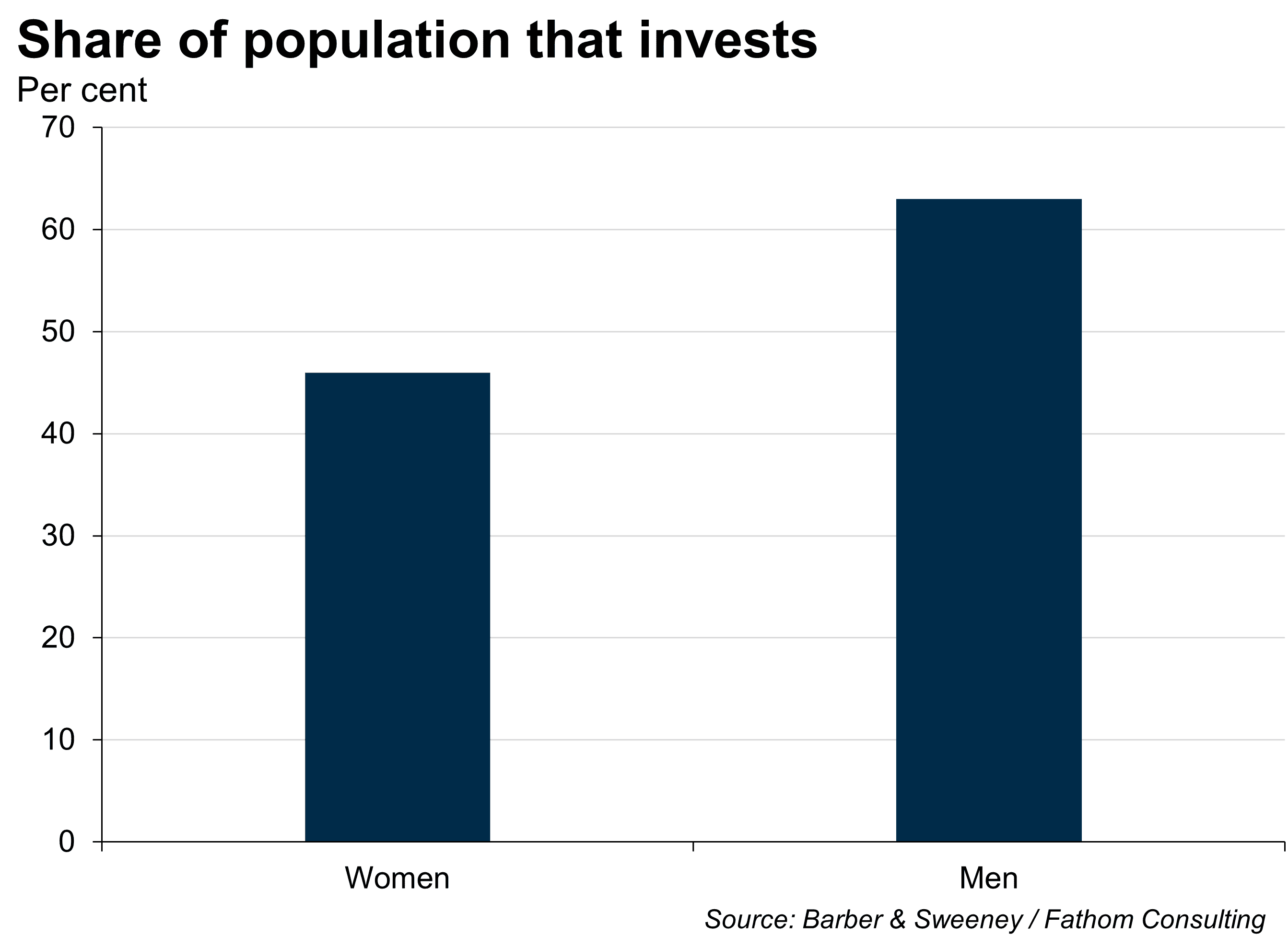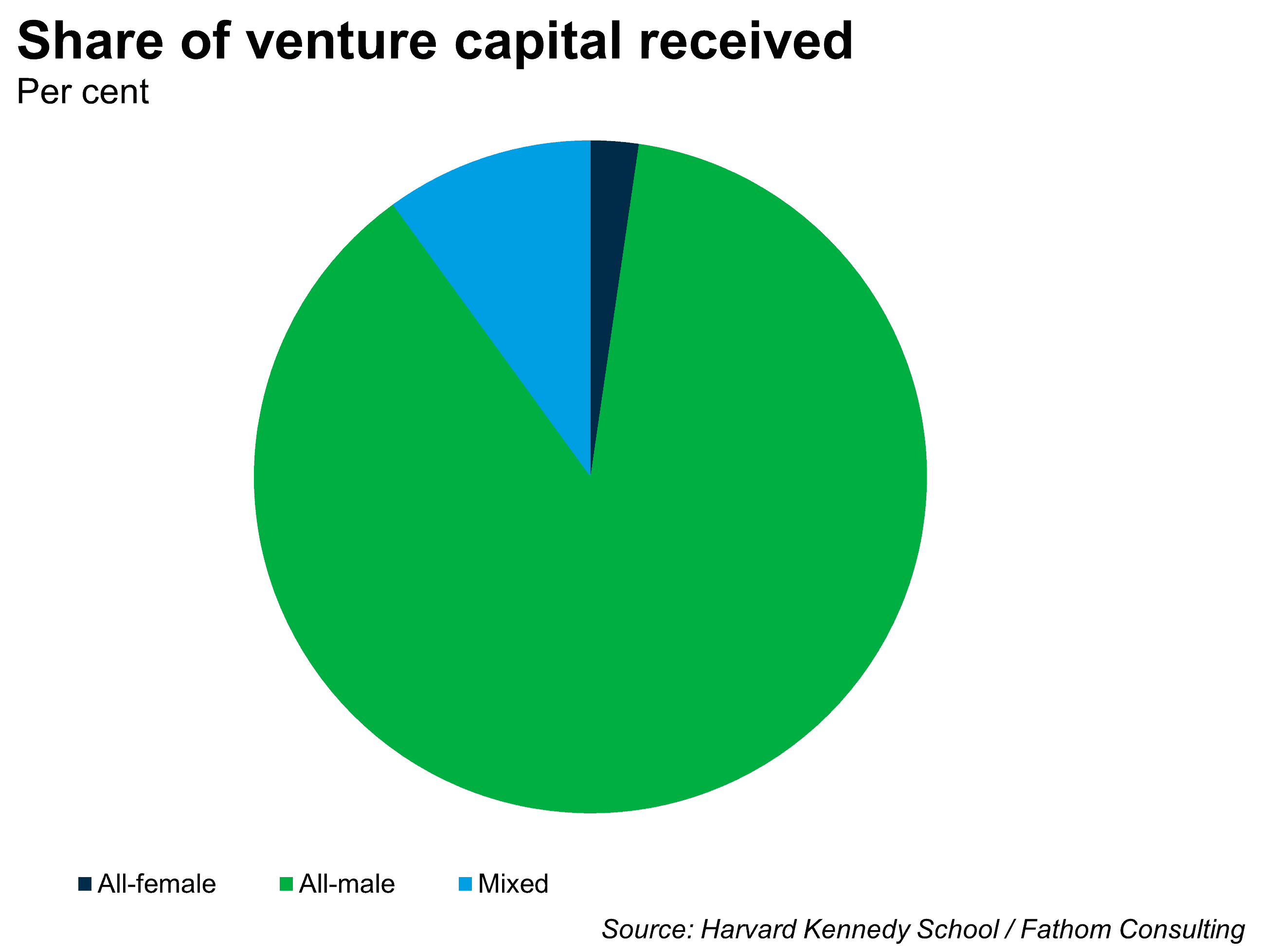A sideways look at economics
As Women’s History Month draws to a close, we are reminded both of the amazing accomplishments of the women who have come before us and the long journey ahead, before the ideal of true equality is reached. On the one hand, we may be inspired by the presence of more women in political leadership positions, while being equally disheartened by our lack of safety. And, while there have been victories along the way, it still feels as though we continue to remain stagnant on several significant issues, year on year.
This stagnation is concisely illustrated by how much of this blog by my colleague Joanna Davies, written four years ago, still rings true. As she showcased, gender inequality is an all-encompassing issue, covering everything from the scale of our ‘build environment’ to medical data collection, and from violence to personal finance.
I’d like to dive a little deeper into the money issue. The gender pay gap is a pretty well-known phenomenon and one might assume that, for an issue that seemingly everyone is aware of, there would be swifter progress. Alas, the gender pay gap remains prominent and has even worsened over two of the last five years for the UK. Indeed, the 2024 Fawcett Society Equal Pay Day was on 20 November, two days earlier than the year prior — signifying a widened gap.[1]
When thinking about the pay gap we can’t forget about the closely related gender pension gap and gender investment gap. The pay gap is one factor that influences the pension gap, as lower wages often mean lower contributions. However, it’s not that simple — other factors are at play as well. The ‘motherhood penalty’ describes the impact of having children on a woman’s career. Mothers often face heightened barriers to hiring, promotions and salary progression. Further, mothers’ pension contributions often decline while on maternity leave, never catching up to the levels of their male counterparts. While the differences in pension contributions initiate the divergence, compound interest also fuels the divide. Mothers miss out on the contribution value itself, and the interest and equity growth that comes along with it. The gap widens even more for women who leave work to care for their children. According to a 2024 report from NOW: Pensions, the average woman’s pension pot is just £69,000 at the time of retirement compared to £205,000 for men. As a result, 67% of pensioners in poverty are women.
The investment gap is one I find particularly interesting. It’s a little less thought of, but wildly pervasive in society. There are two parts to this gap: the lack of women making investments and the lack of investments received by women.
There is a 17-percentage point difference between the per cent of women versus men who have money in the stock market.[2] The investment gap is hardly surprising for several reasons. To start with, the pay gap means fewer resources for women to play with on the stock market and thus they are less comfortable with the idea of taking a loss. Plus, research shows that women tend to be more risk averse.

Then there’s the fact that women tend to have less confidence in terms of investing, with only 10% of women globally feeling they fully understand investing.[3] I count myself lucky when looking at this statistic because my comfortability with the stock market comes from my choice of educational background — economics and finance. For my friends, on the other hand, whose passions lie in history, literature, and biology, they are not as confident in this regard. I remain aware of two things: that had my interests been elsewhere, my investment confidence would certainly pale in comparison to what it is; and that there continues to be a lack of girls studying economics. Why is that?
Leeds Business School is working to address that very question. According to their research, high school kids really don’t understand what economics is about — and understandably so, as it’s a broad topic that’s not widely taught in schools. Interestingly, though, what these kids do know about economics is that it is ‘the domain of rich white men’. For high school boys, this is often rather attractive, but it’s quite the opposite for high school girls. There is also a common perception that economics is a particularly difficult field, which further discourages girls as they tend to self-report lower confidence than their male counterparts.
The self-confidence aspect is one I find especially powerful. They say that seeing is believing, and right now girls don’t see themselves in economics. I suspect it’s hard for girls to envisage themselves in a career in economics and finance as women only gained access to more financial freedom 50 years ago. Today’s young women and girls are the first generations to grow up with a mother who was never denied the ability to have her own bank account (1975) or credit card (1974) in the UK. From this perspective, it’s hardly confusing why this field lacks such diversity. How could a girl in the 70’s aspire to be an economist when she was not even permitted her own credit card? And as a result, there are disproportionately fewer women in our field, but perhaps there is hope that the younger generation feels more inherently connected to economics.
Then there’s the other side of investing — the investments women seek or receive. It is reported that in the USA, all-female teams submit a small percentage of pitches, with approximately 5% of decks submitted receiving just 1% of funding.[4] The Harvard Kennedy School reported that ‘all-female founders received a 2.3% share of venture capital funding, while mixed-gender teams received 10.4%’. Furthermore, ‘generally female founders receive approximately a quarter of the amount of funding they seek, while their male counterparts receive half, on average’. Despite this, ‘female-founded ventures perform as well as their male-funded ones, controlling for relevant variables like sector, market, experience and hours worked’. Though, as a whole, women are underrepresented as entrepreneurs to begin with.

When it comes to gender inequality, I am often reminded of the saying ‘necessity is the mother of invention.’ Women are given less but expected to do just as much, if not more. How is it possible for female founders to perform just as well as male founders while receiving just a quarter of their asking amount? Is it the lack of female entrepreneurs leading the charge or risk aversion? How do women support their families, take on the motherhood penalty and retire on disproportional pensions? We see women do the impossible every day, but I’m left wondering what the world would look like if we invested in women properly. Would it give girls confidence to try difficult subjects? I see this work for WISE – Women In Science and Engineering, more commonly known as STEM (science, technology, engineering and math), and wonder whether this same approach, applied to financial careers, would allow girls to envision themselves in finance jobs like me? It’s almost as if removing the barriers of inequality might just bring out the best in marginalised communities.
[1] This day represents the point at which women effectively stop getting paid each year in comparison to men. In other words, if women were to earn the same as men per hour, yet still have lower annual salaries, they would earn the entirety of their annual income by November and effectively work the rest of the year for free, comparatively. The Fawcett Society use mean hourly full-time earnings to calculate Equal Pay Day. See this report for more information on their methodology.
[2] Barber, S; Sweeney, G. (2025). Investing statistics: How many people invest in the stock market? Finder. https://www.finder.com/uk/share-trading/share-trading-research
[3] The Gender Investing Gap is Real and the Statistics are Here to Prove it. (2024). Female Invest. https://www.femaleinvest.com/en-gb/magazine`/gender-investing
[4] Why does so little funding go to female founders? Startups Magazine https://startupsmagazine.co.uk/article-why-does-so-little-funding-go-female-founders
More from Thank Fathom it’s Friday